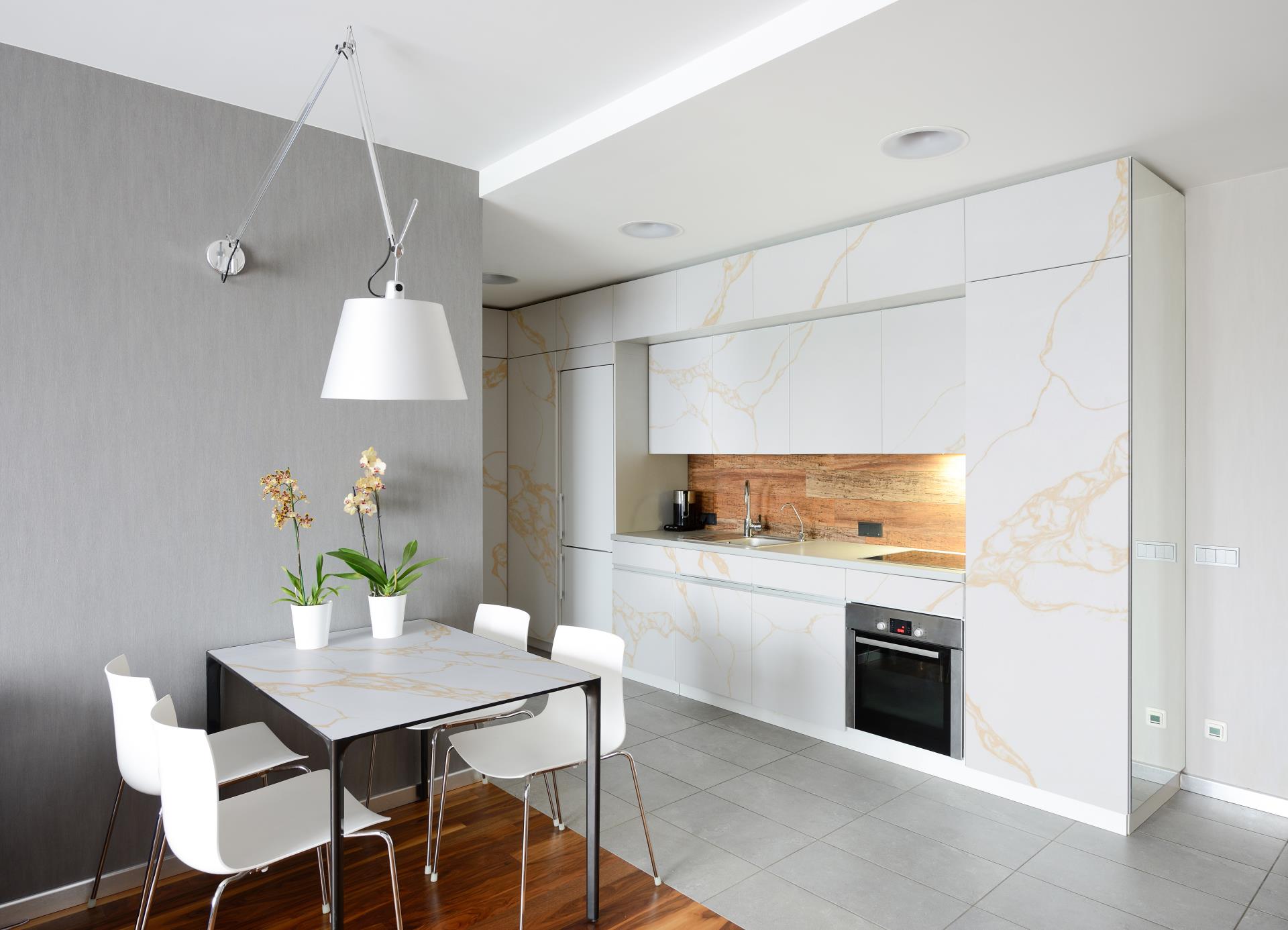About the thickness of the stone
There is such a phenomenon in the stone industry: the thickness of large slabs is getting thinner and thinner, from 20mm thick in the 1990s to 15mm now, and even as thin as 12mm.
Many people think that the thickness of the plate has no effect on the quality of the stone.
Therefore, when selecting a sheet, the sheet thickness is not set as a filter condition.
Does the thickness of the slab really have no effect on the quality of stone products?
a. Why does the installed floor panel crack and break?
b. Why does the board installed on the wall deform, warp, and break when it is slightly impacted by external force?
c. Why is there a piece missing from the protruding front end of the stair tread after using it for a period of time?
d. Why do ground stones installed in squares often see damage?
The influence of stone thickness on the product
It has become a trend and trend for stone merchants to sell thinner and thinner slabs.
In particular, stone merchants with good materials and expensive prices are more willing to make the thickness of the large slabs thinner.
Because the stone is made too thick, the price of large slabs has risen, and customers think the price is too high when they choose.
Making the thickness of the large board thinner can solve this contradiction, and both parties are willing.
The conclusion that the compressive strength of stone is directly related to the thickness of the plate:
When the thickness of the plate is thinner, the compressive capacity of the plate is weaker, and the plate is more likely to be damaged;
The thicker the board, the greater its resistance to compression, and the less likely the board will break and break.
Disadvantages of Stone Thickness is Too Thin
① Fragile
A lot of natural marble itself is full of cracks, and the 20mm thick plate is easy to break and be damaged, let alone the plate whose thickness is far less than 20mm.
Therefore: the most obvious consequence of insufficient thickness of the board is that the board is easily broken and damaged.
② Lesions may appear
If the board is too thin, the color of cement and other adhesives may reverse bleed, which will affect the appearance.
This phenomenon is most obvious for white stone, jade-like stone and other light-colored stone.
Thin plates are more prone to lesions than thick plates: easy to deform, warp, and hollow.
Post time: Nov-30-2022




